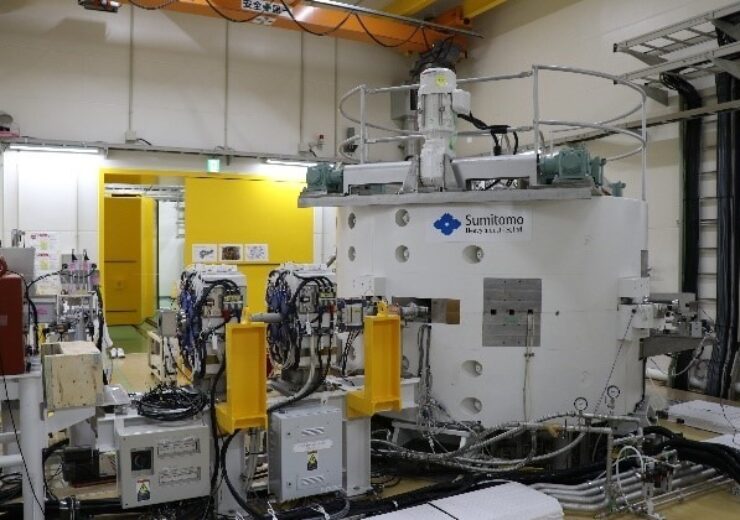The new superconducting cyclotron holds the capacity to generate a high-intensity proton beam of 1000 nA, which is claimed to be the highest level for a proton therapy system

A view of the beam acceleration test of the superconducting cyclotron. (Credit: Sumitomo Heavy Industries, Ltd)
Sumitomo Heavy Industries (SHI) has announced the development of a superconducting cyclotron for the next-generation proton therapy system.
The company has carried out proton beam acceleration tests on its in-house developed superconducting cyclotron for the new proton therapy system under development.
The generation of a high-intensity proton beam of 1,000 nA by the superconducting cyclotron is confirmed by SHI.
The new superconducting cyclotron is a significant achievement for the company in the development process of the next-generation proton therapy system.
According to the company, scanning irradiation is used in proton therapy in recent times, involving the scanning of thin proton beams as per the tumour’s shape to reduce damage to normal tissues and organs around the tumor.
Irradiating a tumour in a short time and suppressing the movement caused by respiration is required to precisely treat tumours in the lungs and livers, using scanning irradiation.
To accomplish a short irradiation time, scanning the proton beam at high intensity and ultra-high speed is crucial, stated the company.
The company has developed a superconducting cyclotron that holds the capacity to generate a high-intensity proton beam of 1000 nA, which is claimed to be the highest level for a proton therapy system.
SHI stated: “Conventionally, irradiating a tumor with a proton beam requires a long time. However, the newly developed superconducting cyclotron can increase the intensity of the proton beam more than three times and shorten the irradiation time to less than one-third.”
“In addition, the use of superconducting magnets reduces the power consumption by 40%, making it possible to operate the proton therapy system at lower cost.”
SHI is also planning to carry out beam tests in combination with the ultra high-speed scanning technology under development.
